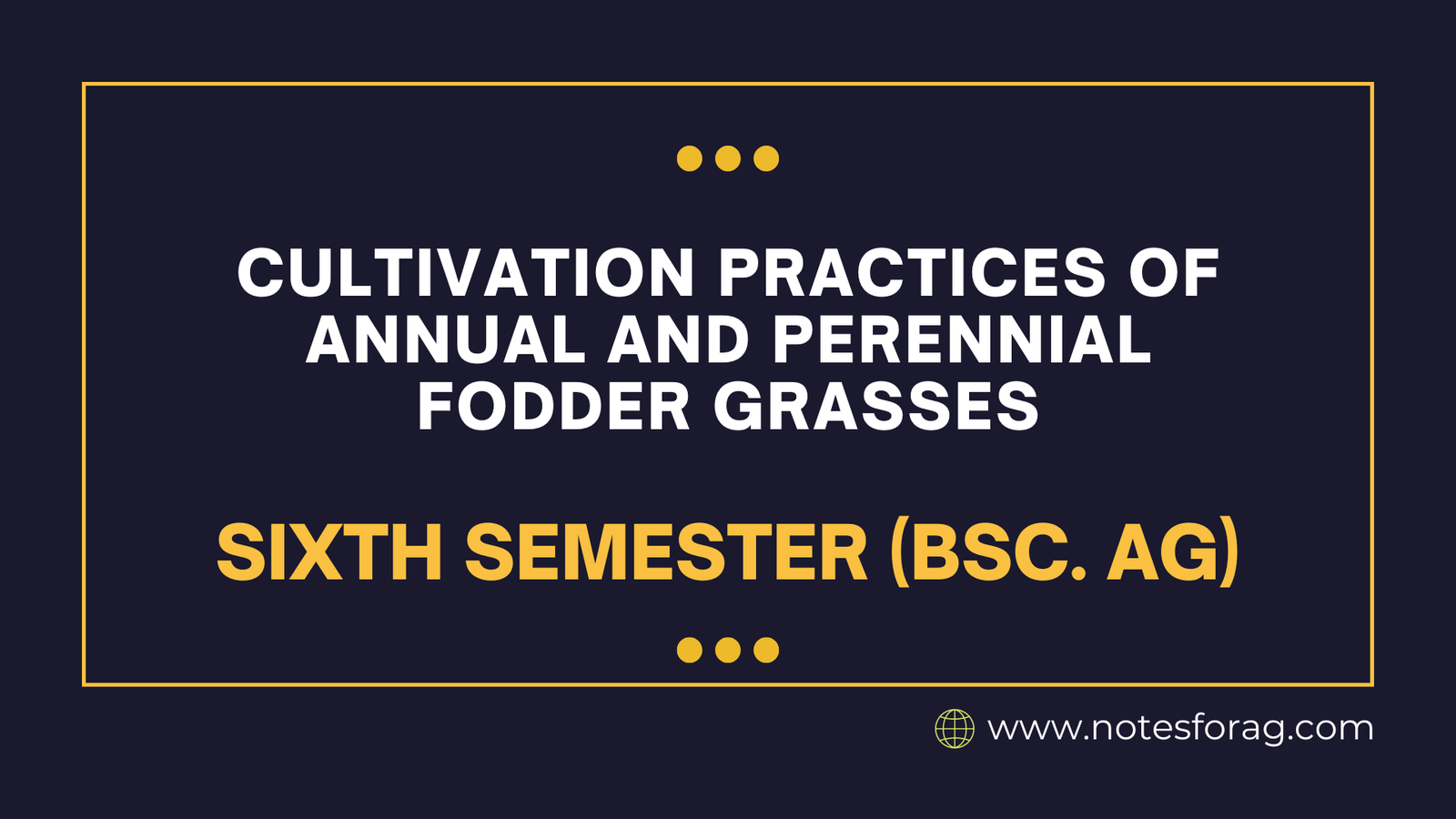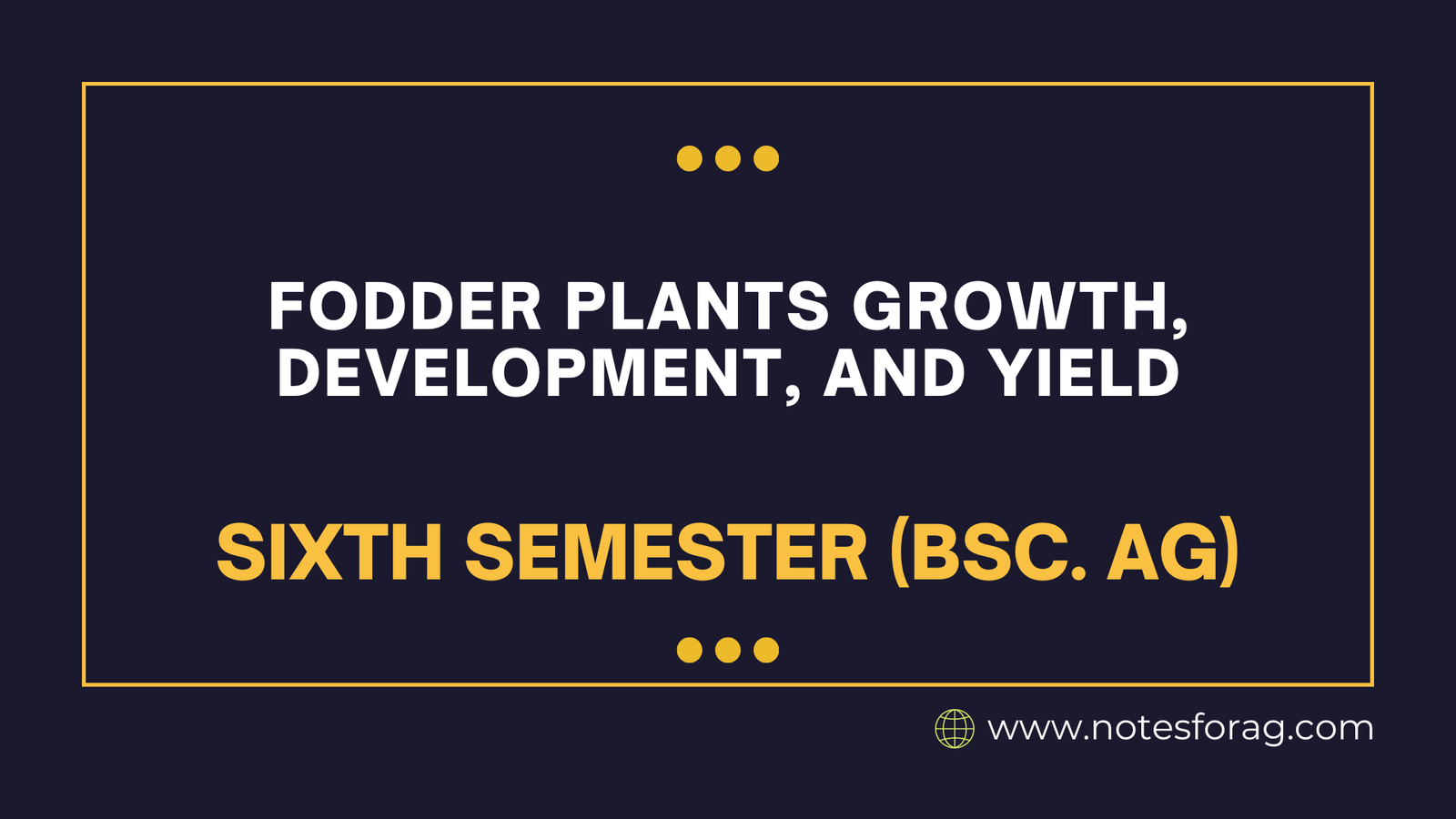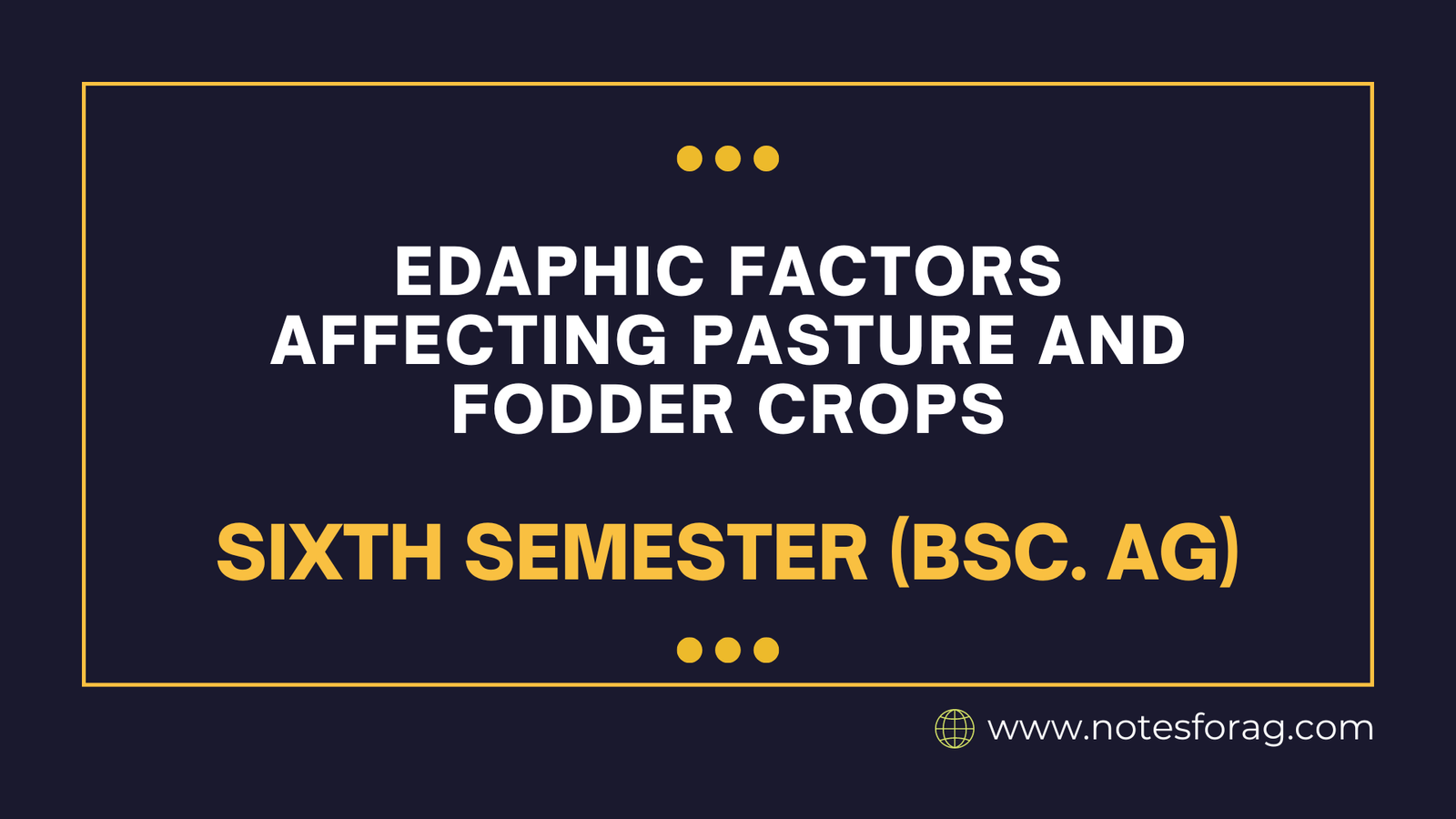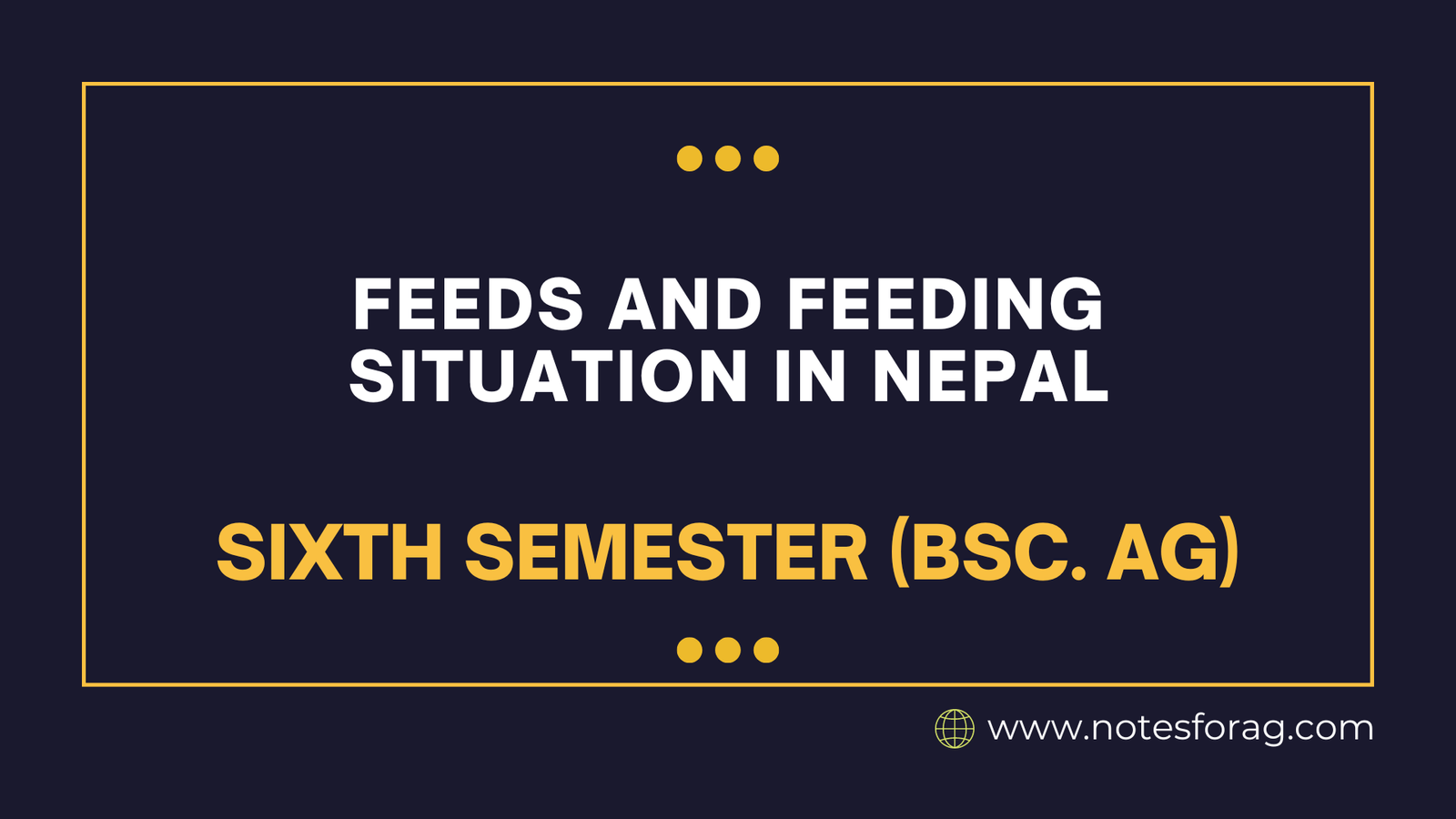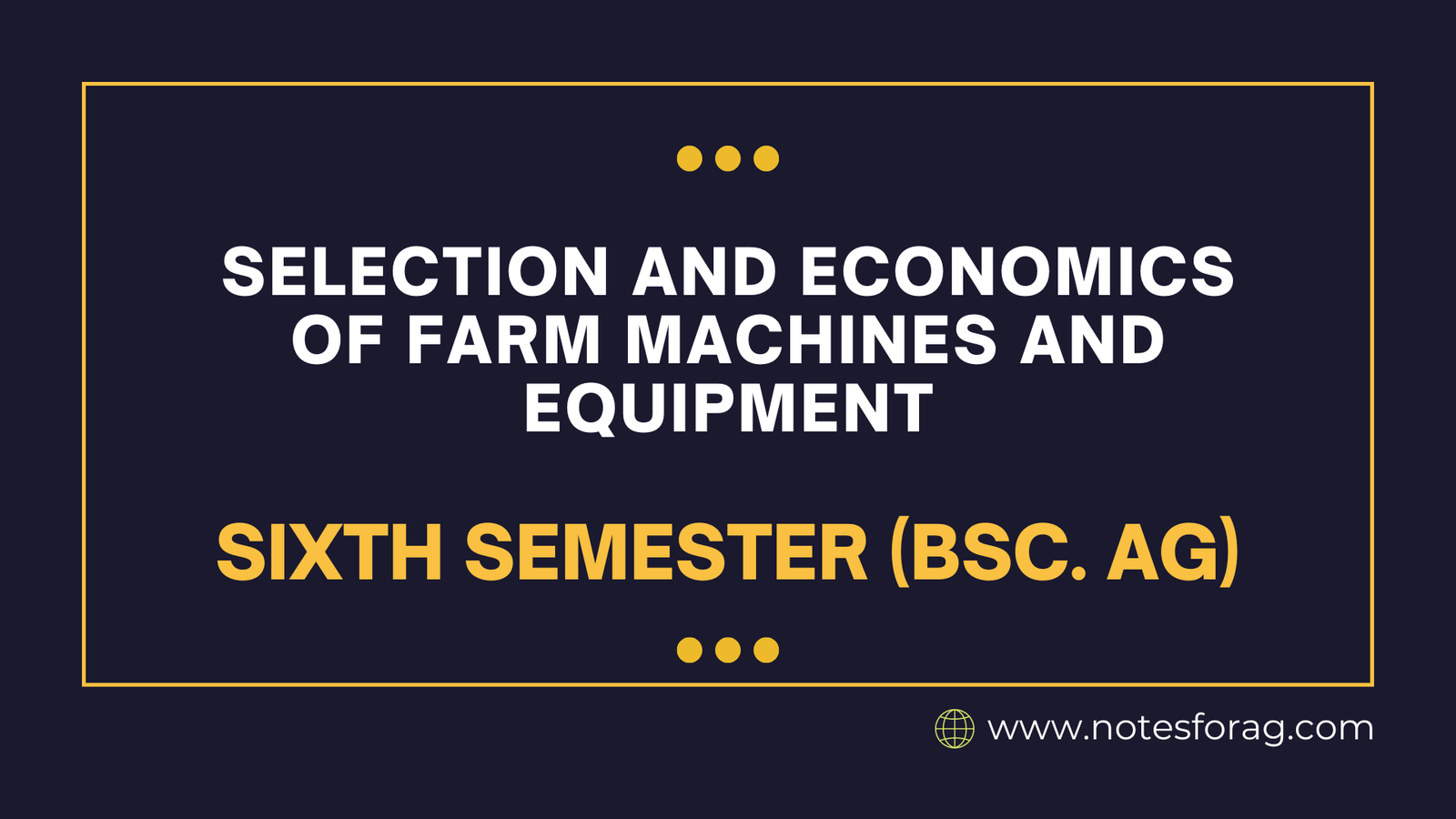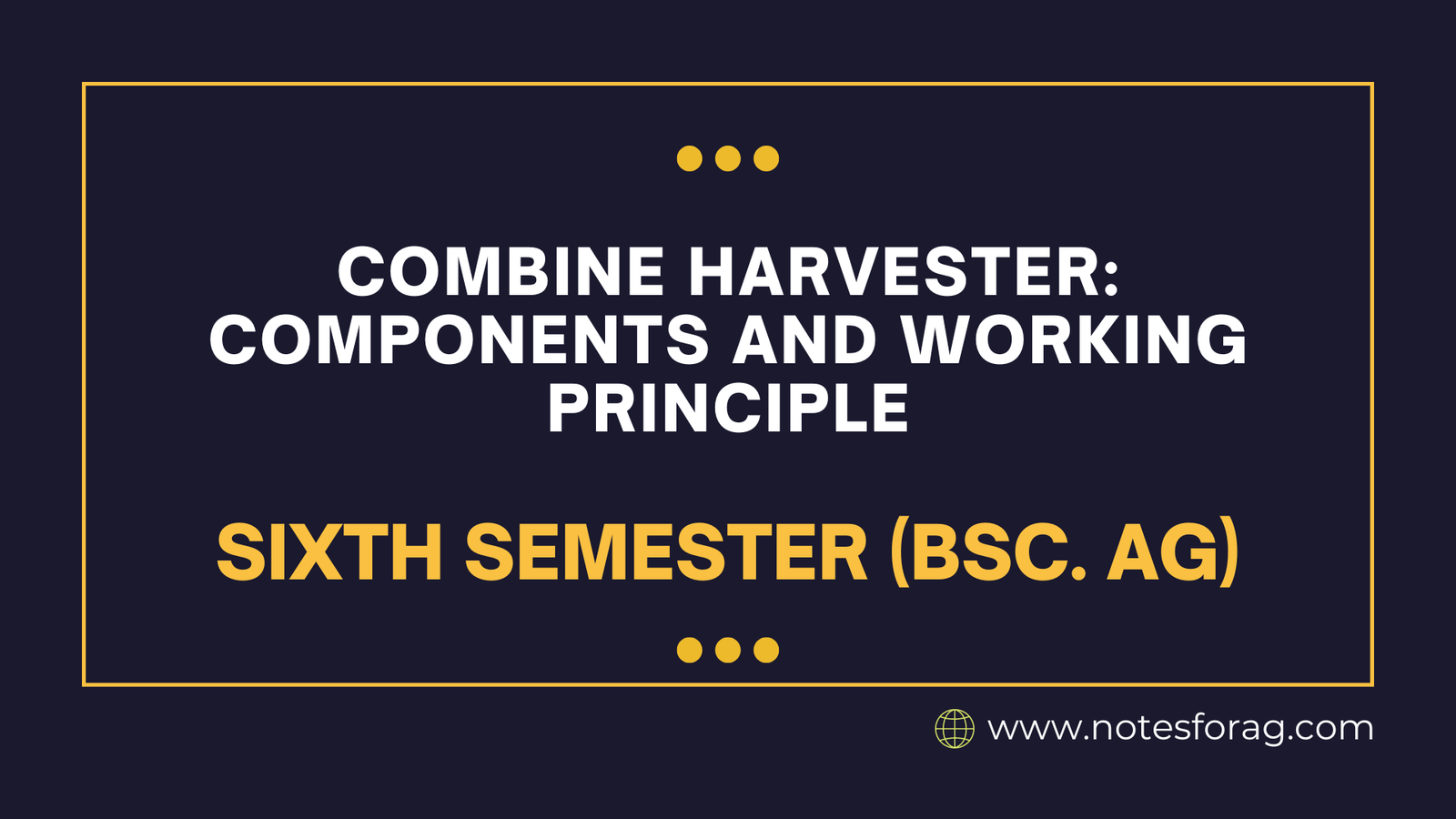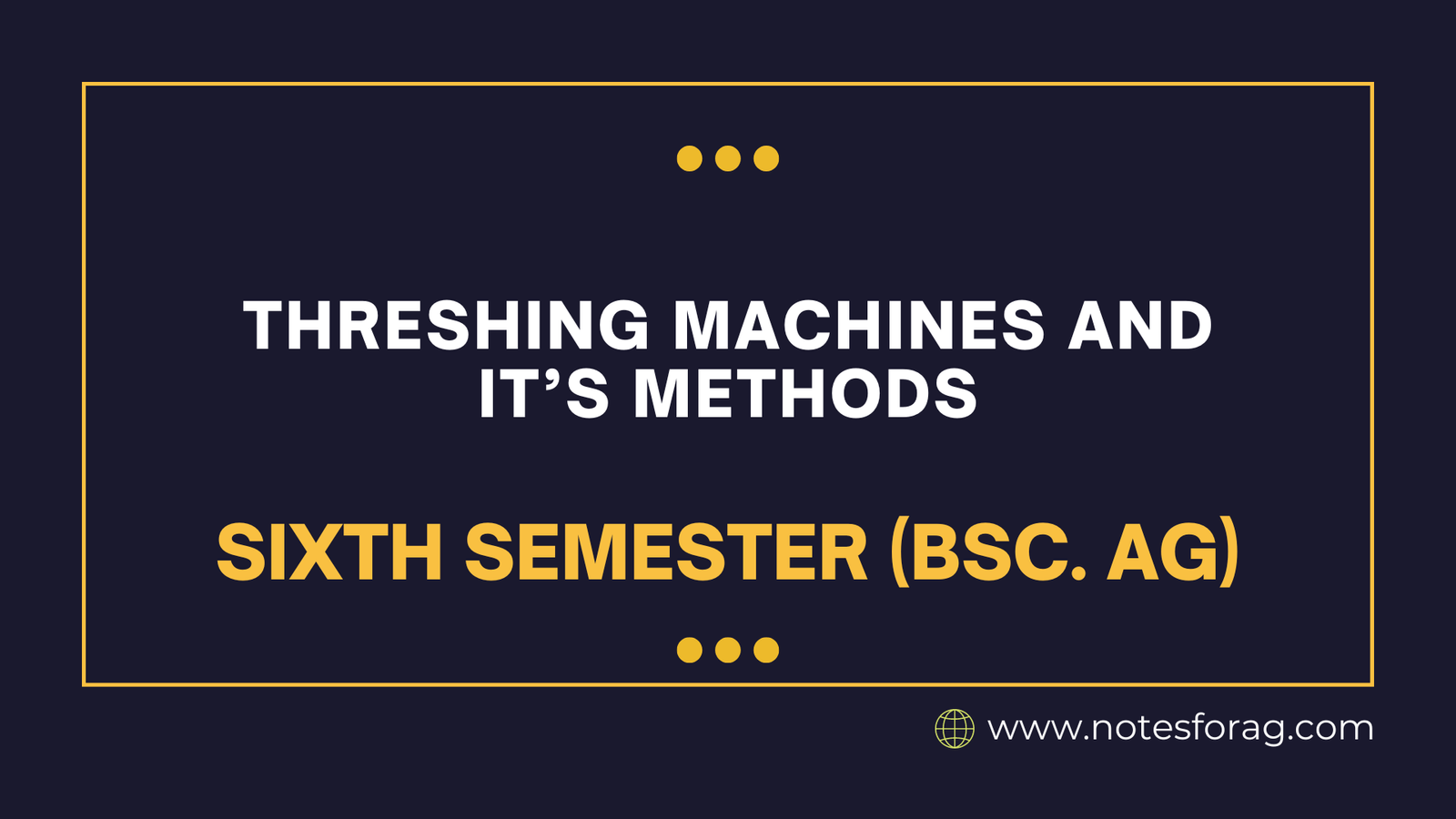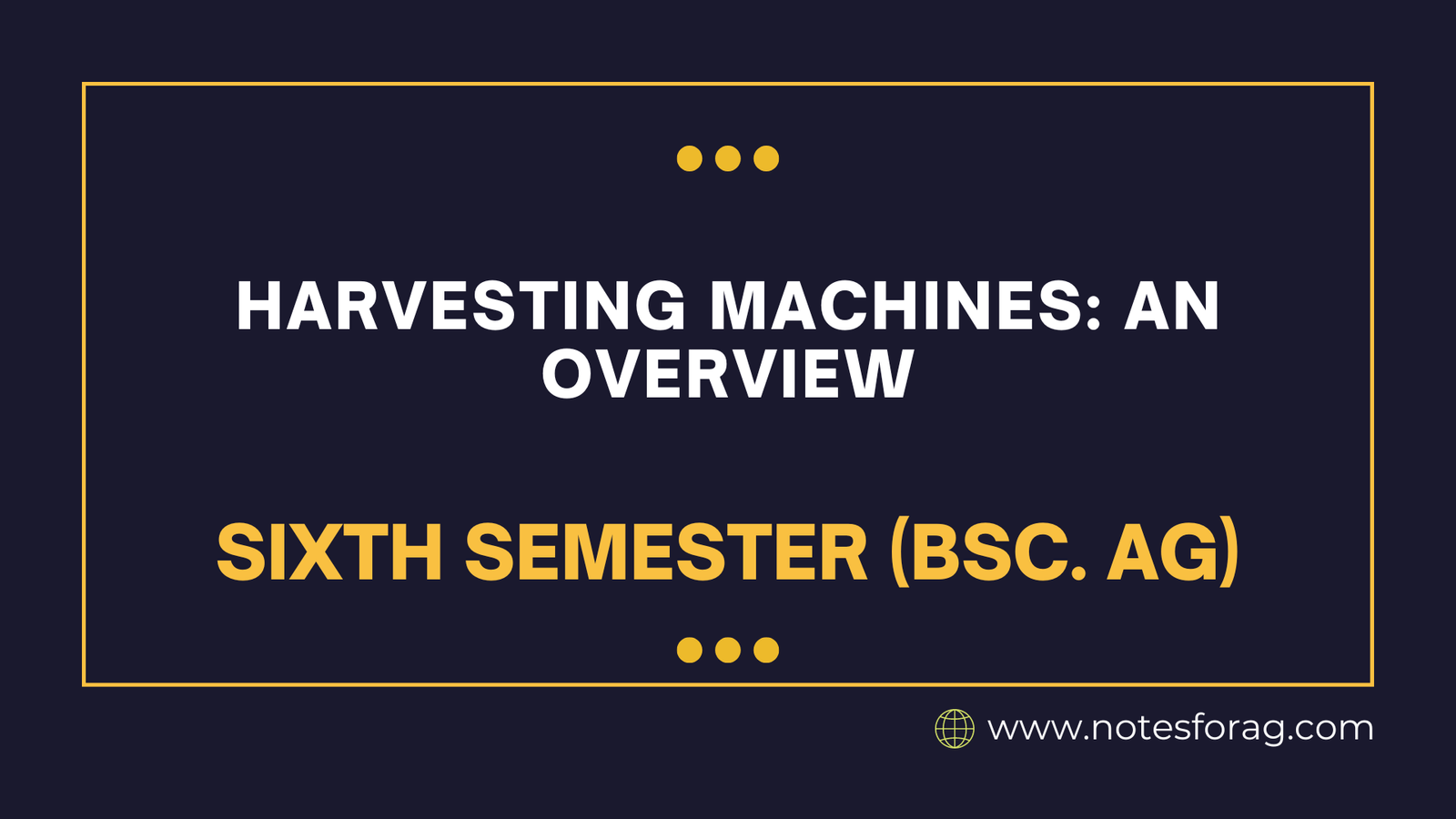Cultivation Practices of Annual and Perennial Fodder Legumes
Definition of Annual and Perennial Fodder Legumes Annual fodder legumes are plants that complete their life cycle during a single growing season or year. They are planted, grow, produce forage, and then perish in the same year. These legumes provide a quick but temporary supply of fodder and are frequently utilised to increase soil fertility … Read more


